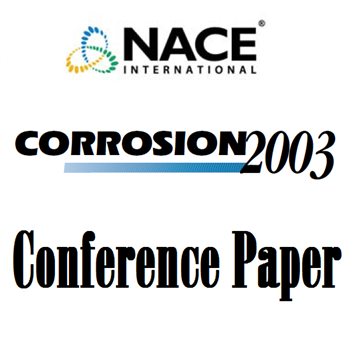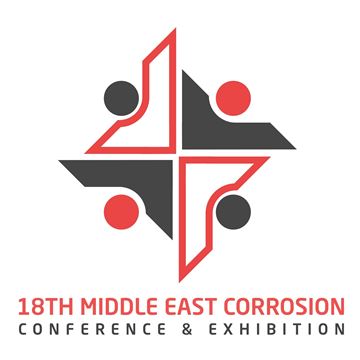Search
Products tagged with 'paints'
View as
Sort by
Display
per page
03058 100% Solids Tank Lining Systems Extended Coating Life Equals Dollars Saved
Product Number:
51300-03058-SG
ISBN:
03058 2003 CP
Publication Date:
2003
$20.00
07006 INORGANIC ZINC PRIMER VS ORGANIC ZINC PRIMER: (an end-user point of view ).
Product Number:
51300-07006-SG
ISBN:
07006 2007 CP
Publication Date:
2007
$20.00
An Organometallic Ester Corrosion Inhibitor for Use in Direct-to-Metal Acrylic Paints
Product Number:
41212-681-SG
Publication Date:
2012
$20.00
Application of Methacrylate Polymer Flooring: 45,000 Square Foot Supermarket in For Days
Product Number:
41206-281-SG
Publication Date:
2006
$20.00
Comparison of Zero VOC Xylene Substrates as Replacements for Xylene and Toluene
Product Number:
41215-920-SG
Publication Date:
2015
$20.00
Field Experience of Various Coating Systems in Oil & Gas Industry
Product Number:
51324-20360-SG
Publication Date:
2024
$40.00
Green Paints...From ‘Paint is a part of the Problem’ to ‘Paint is a Part of the Solution
Product Number:
41215-926-SG
Publication Date:
2015
$20.00
Motivating Green Paints in Middle East Challenges
Product Number:
41214-853-SG
Publication Date:
2014
$20.00
Stabilizing Heavy Metal Paints Before, During, and after Residue Generation to Reduce RCRA Management and Disposal Costs
Product Number:
41205-167-SG
Publication Date:
2005
$20.00
Success Story: The Rolling Journey of Coatings Standards (2011 – 2021)
Product Number:
MECC23-19869-SG
Publication Date:
2023
$20.00
Technological Development of Anti-fouling Paints with EPS as a Natural Biocide
Product Number:
41214-836-SG
Publication Date:
2014
$20.00
- 1
- 2












